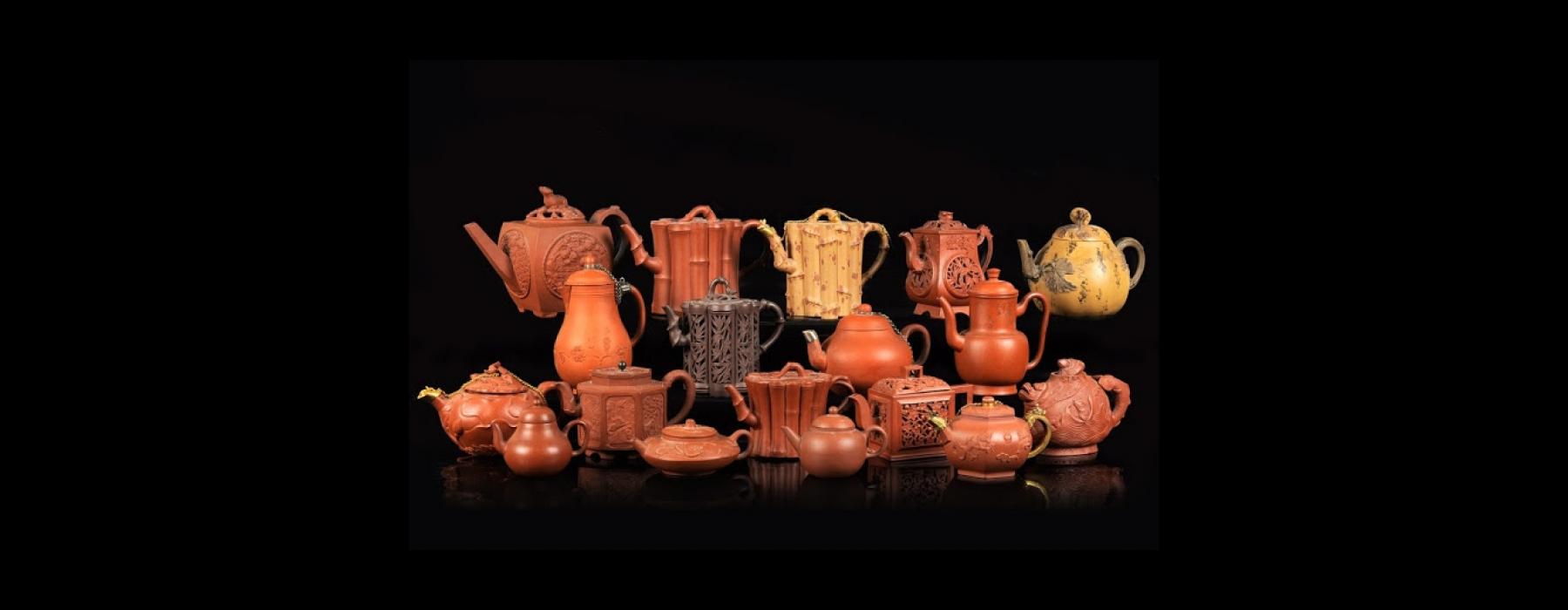
The history of design, as it is generally understood in the West, is intricately connected to the historical processes of industrialisation and modernisation. Most standard design history textbooks present the Industrial Revolution in Britain, during which the design profession emerged as a result of labour division, as a key moment in the development of discourse on utility and aesthetics. Design equals modernity, and modernity entails the project of design. One example of a classic textbook is Pioneers of Modern Design, published in 1936 by the German art and architectural historian Nikolaus Pevsner, who set the stage for an understanding of design that revolved around the professional designer (i.e., the white male designer) and the object, focusing on the aesthetics of ‘good design’ in the U.S. and Europe. While this approach has proven to be persistent – it still features in common conceptualizations of design today – it has been vigorously debated since the 1970s, and, under the influence of poststructuralism, feminism and postcolonialism, contemporary approaches to design have been broadened to encompass not only a wider range of objects of study beyond canonized design icons, moving towards ‘material culture studies’, but also to include various phases of ‘the life of things’ beyond the pristine moment of object creation, such as the consumption or the mediation phase of design.[1] In the past few decades, design historians have borrowed methodologies and theories from art history, anthropology, sociology, archaeology, consumption studies, material cultures and many other disciplines to find new modes of inquiry. The question of what exactly defines design as a field of research distinct from other disciplines is perhaps the most consistent and defining feature of the field of design history.
Securing more relevance for design history is in fact, for some design historians, one of the motivations for globalizing the field.[2] Other authors urge that more ethical approaches to design history should be found, and that new design historians should, in the course of their education, be given the right tools with which to approach other cultures’ art and design.[3]
Nowadays, design can be an object, an icon, a system, a social interaction, a way of thinking, a business model and much more. Design processes are globally dispersed in terms of their creation, production, assembly, transportation, (digital) mediation, distribution and consumption, and also in terms of the migration of designers and ideas, and therefore it is simply imperative that design in various parts of the worlds is studied. Yet it is only in the past few decades that design historians have actively brought up this question. A map [link: http://www.ub.edu/icdhs/] showing the locations of past International Conferences on Design History and Studies is indicative of a commitment to the aim of broadening the scope of design history,[4] and the scholarship of design history itself is becoming increasingly globalized: not only has there been an increase in articles dealing with design in different parts of the world, but there are also more and more ‘non-Western’ design historians doing research into design. However, as the design historian D.J. Huppatz rightfully states, the quest for a global turn within design histories “remains in its infancy”.[5] What is the path forward?
The quest to globalize design history seems to be caught up in a set of paradoxes. Do we understand globalization as the process of acknowledging, researching and studying design and its increasingly interconnected processes while also remaining sensitive to their specificities all over the world? Or are there ‘overarching narratives’ that can be addressed and compared? Does ‘globalizing’ mean to acknowledge a multitude of perspectives on ‘design’? But how can the field of design history be ‘global’ if both ‘design’ and ‘design history’ are entangled in rigid Western modernist paradigms?
Centuries of colonialism and imperialism have left their marks on the various ways in which global power dynamics manifest themselves and, importantly, on how academia and epistemologies are structured. For many decolonial scholars, such as the Peruvian sociologist Anibal Quijano and the Argentinean philosopher Walter Mignolo, the year 1492 marks a symbolic turning point in the history of the world.[6] With the conquest of the Americas, the power dynamics within the world shifted radically, allowing Europe to become and construct itself as the superior centre of the world. Mignolo argues that modernity could only exist thanks to its inseparable darker side: “coloniality”.[7] Accordingly, decolonial scholars such as Quijano and Mignolo, consider “modernity/coloniality” as one and the same concept.
In a recent issue of Design Philosophy Papers, Madina Tlostanova writes that design as we generally understand it is deeply embedded within the frameworks of “modernity/coloniality” and “is a perfect and pure manifestation of modernity’s objectifying principle of perception and interpretation of the world, of other human and nonhuman beings, of manmade objects and knowledge”. [8] She urges us to destabilize the naturalized modern heritage implicit in design, which “hides its locality and represents itself as universal and natural”.[9]
The design historian Victor Margolin has argued for a move towards understanding design as an analytical category, arguing that “throughout human history, all cultures have produced the basic material and visual artefacts they require to survive. In this sense, design in some form has been present in all parts of the world at all times.”[10] In 2015, Margolin published the encyclopedic World History of Design, expanding the scope of design history not only in terms of its time frame, but also geographically.[11] In these two books (for sale for $625), Margolin focuses on the social, historical and economic processes at work in different parts of the world at different times – elements that are missing, he argues, from traditional accounts of design history, which focus instead on style or aesthetics.
